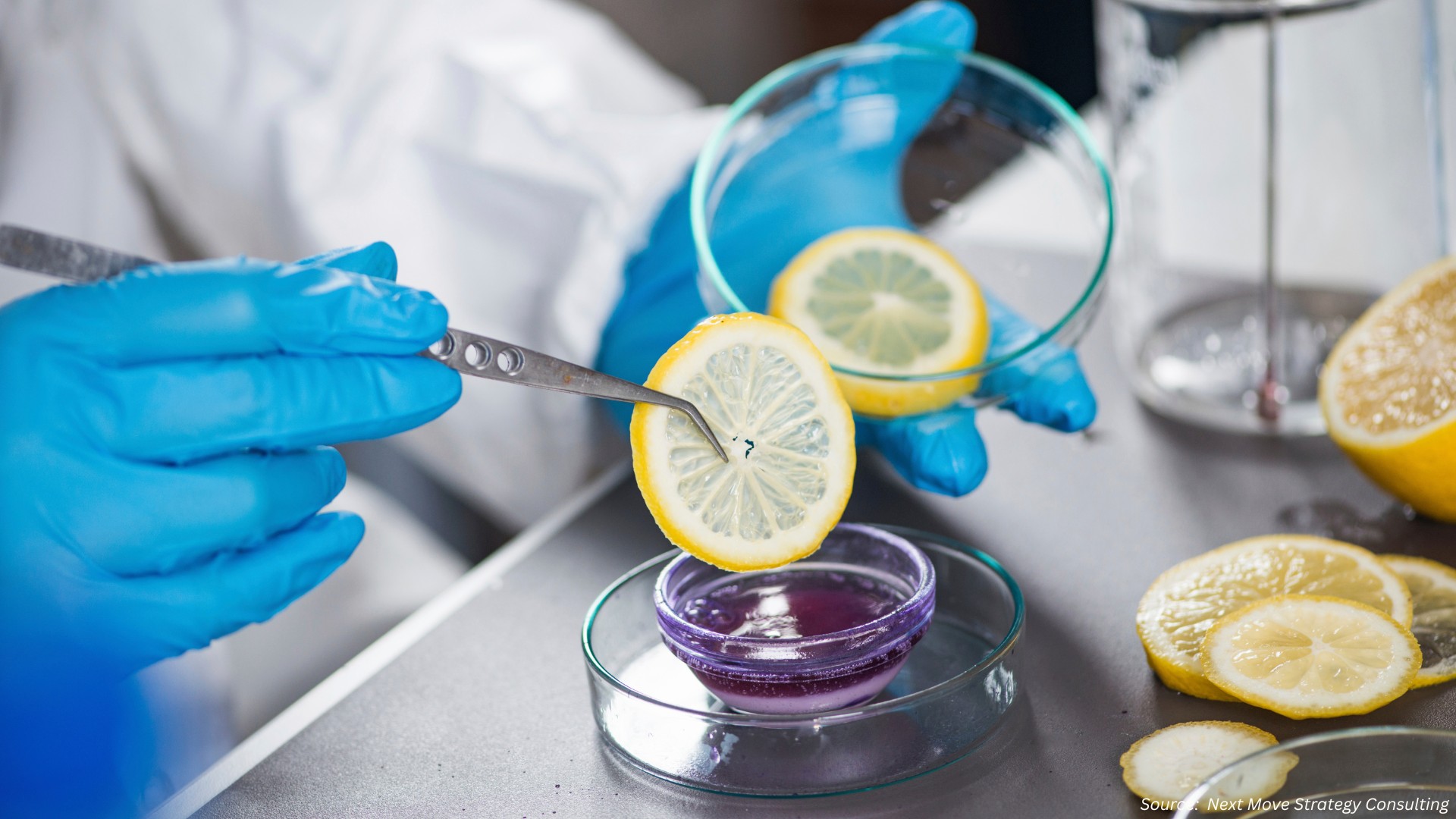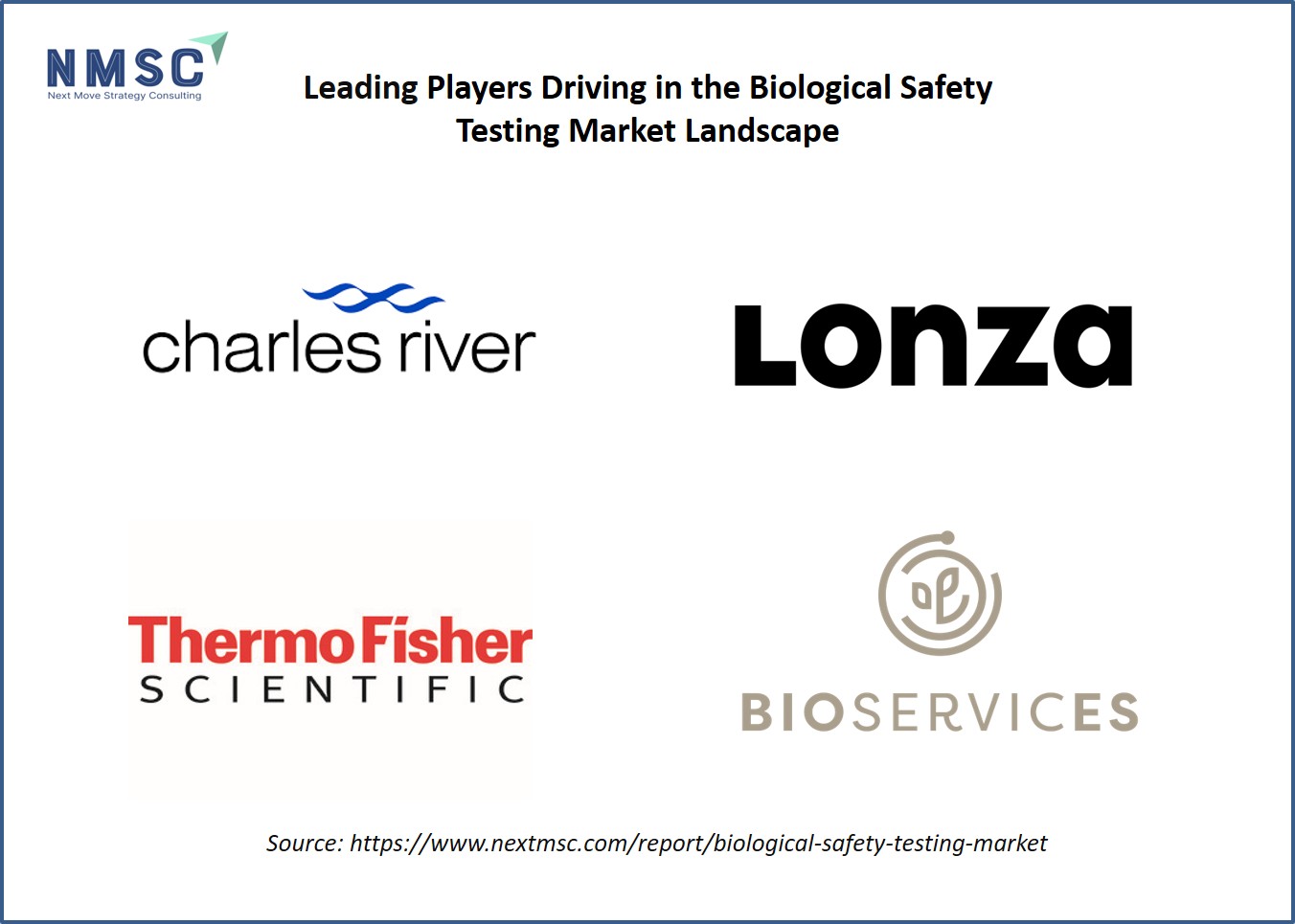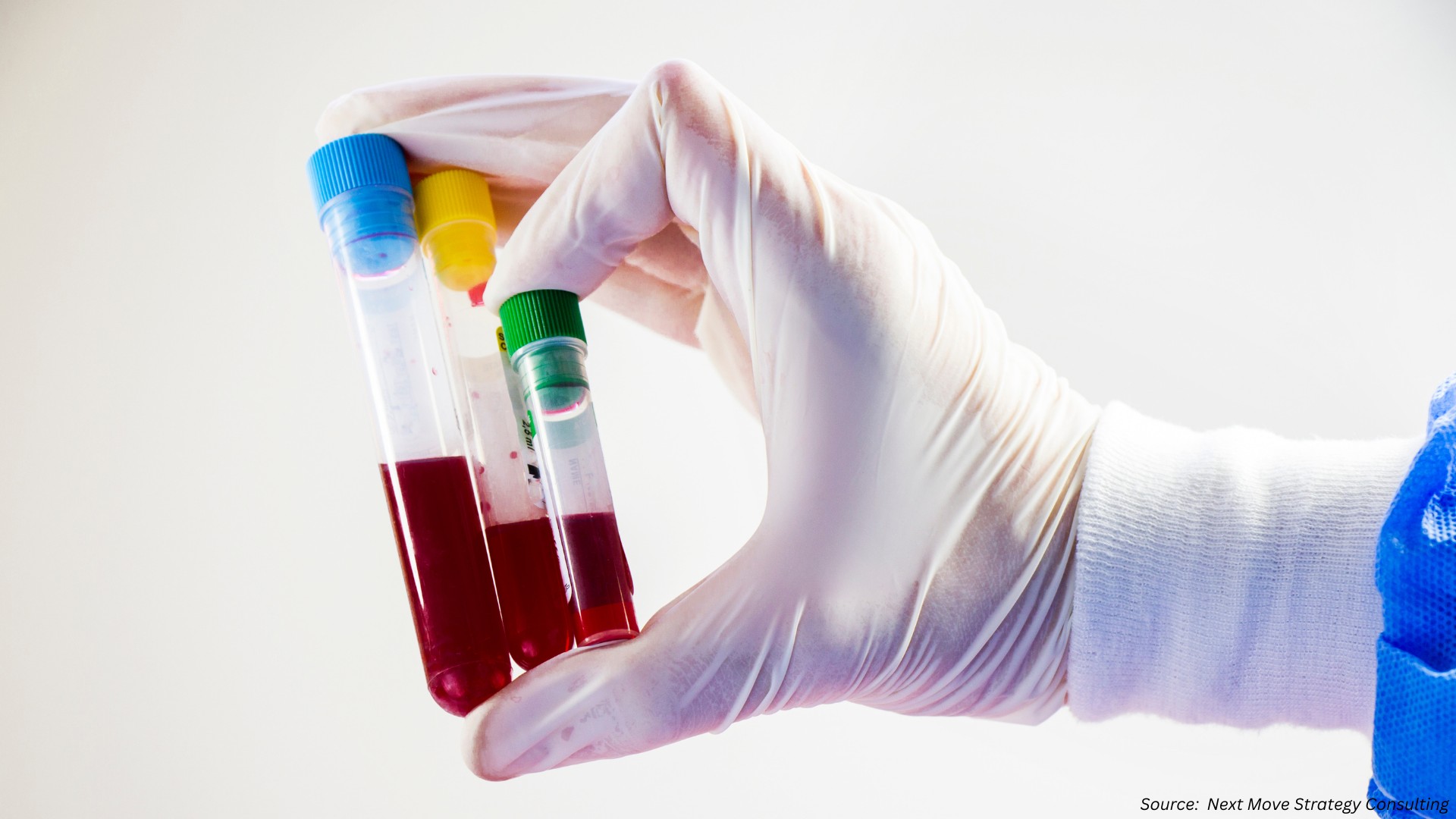Biological Safety Testing: Ensuring Safe Research and Vaccines
Published: 2025-09-18

Biological safety testing is critical for protecting public health, ensuring vaccines are safe and effective, and securing research practices. From rigorous clinical trials to new regulations on gain-of-function research, safety testing shapes how we prevent disease and manage biological risks.
Understanding Vaccine Safety Testing
Vaccines undergo extensive testing to ensure they are safe and effective before they reach the public. This process begins with clinical trials and continues with real-world monitoring.
How Vaccines Are Tested for Safety
Before approval, vaccines are subjected to rigorous clinical trials to assess their quality, safety, and efficacy. These trials involve diverse groups—varying in age, sex, ethnicity, and medical conditions—to ensure broad applicability.
According to the report by Next Move Strategy Consulting, the global Biological Safety Testing Market size is predicted to reach 8.76 billion by 2030 with a CAGR of 10.4% from 2023 to 2030.
Once approved, vaccines are continuously monitored to confirm ongoing safety and effectivenes.
-
Clinical Trials: Test vaccine efficacy by comparing disease outcomes in vaccinated versus placebo groups.
-
Post-Approval Monitoring: Tracks real-world performance to identify rare side effects or breakthrough infections.
-
Dosing Schedules: Determined through trials to optimize protection.
Vaccine safety testing combines controlled trials with real-world data to ensure protection against diseases. Rigorous processes guarantee vaccines are both safe and effective for diverse populations.
Who Are the Key Players in the Biological Safety Testing Industry?
The biological safety testing industry includes major companies like Charles River Laboratories Inc., Lonza, Thermo Fisher Scientific Inc., Merck KGaA, SGS SA, AppTec, Eurofins Scientific, WuXiPharmaTech Inc., Bioservice, and Cytovance Biologics Inc.
Vaccine Efficacy vs. Effectiveness
Understanding the difference between vaccine efficacy and effectiveness is key to appreciating how vaccines work.
Efficacy in Controlled Settings
Vaccine efficacy is measured in clinical trials, comparing the disease incidence in vaccinated individuals versus those receiving a placebo. For example, an 80% efficacy rate means the vaccinated group had an 80% lower risk of disease compared to the placebo group .
Effectiveness in the Real World
Vaccine effectiveness reflects performance in real-world conditions, where populations are more diverse and variables like adherence to schedules vary. Effectiveness may differ from efficacy due to these real-world factors.
|
Aspect |
Efficacy |
Effectiveness |
|
Setting |
Controlled clinical trials |
Real-world conditions |
|
Measurement |
Disease incidence vs. placebo |
Disease prevention in diverse populations |
|
Variables |
Controlled (age, health, etc.) |
Uncontrolled (lifestyle, adherence) |
Efficacy measures vaccine performance in ideal conditions, while effectiveness shows real-world impact. Both are critical for assessing vaccine safety and protection.
Vaccine Protection and Limitations
Vaccines are designed to build immunity, but no vaccine guarantees 100% protection. The WHO notes that protection levels can vary based on the population studied, the disease in question, and other factors.
-
Some vaccines provide high levels of protection after one dose, while others may require multiple doses.
-
Protection levels are determined in trials and confirmed through real-world monitoring.
-
Even with high efficacy, some individuals may still contract the disease.
Variants and Ongoing Assessment
The WHO explains that real-world effectiveness can differ from trial results due to varying conditions in the population, such as health status and adherence to schedules. While the cited page does not discuss variants specifically, differences in effectiveness over time may prompt further assessment and adjustments to vaccination strategies.
Securing Biological Research
Biological research, particularly gain-of-function studies, poses risks if not properly managed. New regulations in 2025 aim to enhance safety.
Risks of Gain-of-Function Research
Gain-of-function research enhances a pathogen’s pathogenicity or transmissibility, potentially increasing risks like widespread mortality or public health system strain. Unregulated research, especially in countries with limited oversight, heightens these dangers.
New Safety Regulations
In May 2025, an executive order outlined measures to improve biological research safety:
-
Halting Risky Funding: Federal funding for dangerous gain-of-function research in countries like China, where oversight is inadequate, is to be stopped immediately.
-
Strengthened Oversight: By September 2025, the Office of Science and Technology Policy (OSTP) will revise policies to enhance accountability, transparency, and enforcement in federally funded research.
-
Non-Federally Funded Research: By November 2025, a strategy will address risks from privately funded gain-of-function research, including nucleic acid synthesis screening.
New regulations aim to mitigate risks from gain-of-function research by ending funding in high-risk settings and enforcing stricter oversight, balancing safety with scientific progress.
Enhancing Accountability in Research
Transparency and enforcement are critical to safe biological research.
New Accountability Measures
The 2025 executive order mandates:
-
Public Reporting: Research institutions must report gain-of-function research, including non-federally funded projects, to a public database, ensuring transparency without compromising security.
-
Enforcement Mechanisms: Contracts and grants will include terms allowing funding revocation or up to five years of ineligibility for violations.
-
Regular Policy Reviews: Policies will be updated every four years to adapt to new risks.
Enhanced accountability through public reporting and strict enforcement ensures biological research aligns with safety and security goals.
Next Steps for Biological Safety
To stay informed and contribute to biological safety:
-
Stay Updated: Follow WHO updates on vaccine effectiveness and variant tracking (WHO Vaccine Efficacy).
-
Support Compliance: Advocate for adherence to vaccination schedules to maximize protection.
-
Monitor Regulations: Check for updates on biological research policies at White House Executive Actions.
-
Engage with Experts: Consult health professionals for personalized vaccine advice.
-
Promote Transparency: Support initiatives for public reporting of research to ensure accountability.
Biological safety testing, from vaccines to research oversight, is a cornerstone of public health. By understanding these processes and supporting new regulations, we can protect communities while advancing science.
About the Author
 Nitrishna Sonowal is a skilled SEO Executive and Content Writer with over 3 years of experience in the digital marketing industry. With a deep understanding of the ever-evolving digital landscape, she blends analytical insights with creative storytelling to deliver impactful digital solutions. She creates content that resonates with both clients and readers alike. Outside of work, she enjoys dancing, baking, and traveling to new places.
Nitrishna Sonowal is a skilled SEO Executive and Content Writer with over 3 years of experience in the digital marketing industry. With a deep understanding of the ever-evolving digital landscape, she blends analytical insights with creative storytelling to deliver impactful digital solutions. She creates content that resonates with both clients and readers alike. Outside of work, she enjoys dancing, baking, and traveling to new places.
About the Reviewer
 Sanyukta Deb is a skilled Content Writer and Digital Marketing Team Leader, specializing in online visibility strategies and data-driven campaigns. She excels at creating audience-focused content that boosts brand presence and engagement, while also pursuing creative projects and design interests.
Sanyukta Deb is a skilled Content Writer and Digital Marketing Team Leader, specializing in online visibility strategies and data-driven campaigns. She excels at creating audience-focused content that boosts brand presence and engagement, while also pursuing creative projects and design interests.

















Add Comment